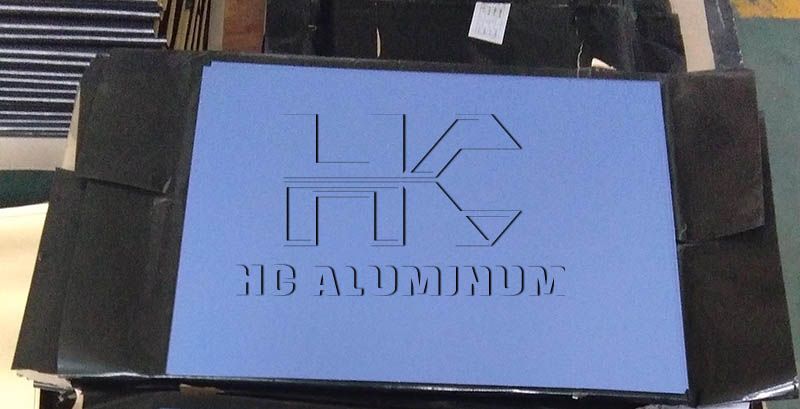How to Test The Quality of Aluminum Offset Printing Plate
Printing technology is changing with each passing day, and CTP plates have also gone through a road of rapid development and continuous change, from photosensitive technology to thermal technology; from one technology leading the way to the the current coexistence of photosensitive, thermal, and CTCP plate making technologies.
In the process of digital printing, the standard of aluminum offset printing plate quality inspection is no longer as simple as ensuring 1% to 99% dot restoration and no dirt on the blank part. In order to restore more layers and effectively control the quality of printed products during the printing process, the layers are usually adjusted with the help of the printing dot compensation curve. An important standard for CTP printing plate quality inspection is to perfectly reproduce this compensation curve on the printing plate.

At present, the thermal CTP plates used by most domestic printing companies require chemical treatment (i.e. development), and the quality assessment of the aluminum plates is carried out after development.
First of all, the adjustment of the developer is mainly to show that the area of the digital measurement and control strip is very small. The premise for reflecting the entire layout through this part is that the developer develops evenly. Only under this premise, the evaluation of the various parameters of the digital measurement and control strip is meaningful.
Theoretically, the unexposed rubber layer is insoluble in the developer. But in fact, during the development process, under the extrusion and friction of the transmission roller on the plate surface and the flushing action of the developer brush, even the unexposed rubber layer will dissolve to a certain extent.
To print the dot compensation curve stably for a long time, the developer needs to have a relatively stable solubility of the rubber layer. The film retention rate is generally used to describe and monitor this property of the developer. The change of the film retention rate will directly affect the dot area rate.
Film retention rate determination
The film retention rate is calculated by measuring the solid density of the plate before and after development, and is an important indicator for judging the development effect. Under the premise of ensuring that the blank part is clean, the higher the film retention rate, the better. The thermal CTP plate needs to ensure that the film retention rate is ≥90%.
The cleanliness of the blank part plays a decisive role in the hydrophilicity and whether it is dirty during the printing process. The blank part of the CTP plate can be detected by using a plate correction pen to modify the blank part and compare the contrast between the modified area and the unmodified area. If the contrast between the two is very small, the blank part is clean. Welcome to inquire thermal ctp plate price.
What Is Computer to Plate Market
Chinese Positive PS CTP Plate for Offset Printing Cut to Size














